Cooking in a cast iron pan isn’t just for camping and outdoor cooking. Cooking in cast-iron cookware has been done for ages. When non-stick Teflon pans became popular decades ago, Cast Iron cookware took a back seat, but now Cast Iron pans are making a comeback as home cooks are rediscovering the benefits of Cast Iron cooking. Many cooks now swear by their cast iron skillet and wouldn’t even consider cooking with anything else. They insist that once you cook with cast iron, you’ll never reach for your old pans. But these are not your grandmothers cast-iron pans. Manufacturers have tweaked traditional cast-iron pans with design modifications to make them more comfortable to work with in today’s kitchen, such as modified handles and functional curves.
Lodge Cast Iron Skillet, 12-inch
A good cast iron pan can be used to sear, sauté, bake, broil, braise, fry or grill, and is a must-have for every home cook’s kitchen. The Lodge 12-inch Cast Iron Skillet and Red Silicone Hot Handle Holder comes pre-seasoned with vegetable oil for a natural, easy-release finish that improves with use. This American-made Lodge cast iron pan is easy to care for, just hand wash, dry, and rub with cooking oil to keep it working perfectly.
Check out Lodge Cast Iron Skillet, 12-inch at Amazon.com
Frequently Asked Questions about Cast Iron Cookware
- Is a Cast Iron Pan high maintenance? Many people are turned off to using cast iron cookware because of all of the ‘seasoning and stuff’ you hear about for maintaining your cast iron pan and how you have to oil your cast iron pan each time you use it. It’s really not that bad. The first time you use your new cast iron skillet you should season it, even if it came “pre-seasoned”. It’s really not a hassle and it is worth doing it. (see instructions below)
- Is Cast Iron Cookware hard to cook with? Cooking with cast iron is as easy as cooking with any other cookware once you get used to it.
- Is a Cast Iron Skillet really non-stick? Yes, Cast iron pans are non-stick when properly seasoned and maintained.
- What does ‘pre-seasoned’ mean? Cast iron requires seasoning in order to maintain its inherent non-stick properties. Many Cast iron Pans claim to come from the factory “Pre-seasoned” where a food-safe oil is sprayed on by the manufacturer and then baked into the pan, forming a natural hard, protective coating as the fat molecules bond to the iron surface of the pan. The seasoning improves each time your cast-iron pan heats up. Even though most cast-iron cookware sold today comes pre-seasoned, it’s a good idea to give your new pan a quick coating of oil put it in a 350 degree oven for an hour. (see more on Seasoning your Cat Iron Pan below)
- What does an ‘enameled’ pan mean? Enameled pans have a porcelain coating applied and baked to the cast iron pan, similar to the coating found on Dutch ovens. The benefits of an Enamel coating are that you don’t necessarily have to season the pan, they come in pretty colors, they are easier to clean, and the glossy porcelain coating prevents the cast iron from reacting with acidic foods or rusting. The drawback is that Enameled Cast Iron Cookware is significantly more expensive, although with the resurgance of cast iron cooking, new enamel cast iron pans are coming at a more budget-friendly price. Some Enameled Cast Iron pans have a smooth feeling while others can feel more textured and rough. This is not neessarily an indicator of how good the enamel coating is or how non-stick it will be. An enameled cast iron pan might perform more ‘nonstick’ than your regular stainless-steel pan, but it doesn’t compare to a properly seasoned traditional cast-iron pan. Also, some enameled cast iron pans have a recommended upper temperature limit by the manufacturer so the enamel doesn’t develop cracks, whereas traditional cast iron pans have no limit.
- Other factors to consider: Cast iron tends to be heavy, so longer handles provide better leverage. Bigger cooking surface reduces crowding to allow for better browning.
Cast iron cookware is very versatile. Cast iron pans are made by molten metals poured into one-piece molds where the handle an integral part of the pan, allowing it to go from direct flame to a hot oven.
Benefits of Cast Iron Pans
- Durability – Cast-iron pans are practically indestructible and can easily be restored if mistreated. Metal cooking tools won’t harm the seasoned surface.
- Non-stick – Cast iron pans are non-stick when properly seasoned and maintained.
- High-Temperature Handling – The high heat retention and reliable heat conduction make cast iron pans ideal for browning, searing, and shallow frying. You can sear and cook at much higher temperatures with Cast Iron than with regular pans.
- Versatile – Cast Iron cookware is good for either high heat searing or long slow cooking. Cast Iron can go from the stove top right into the oven.
Cons of Cast Iron Pans
- Heavy – Cast iron cookware weighs more.
- No Dishwasher – or the cast iron will rust. Hand wash with hot water and a stiff brush (and a mild detergent if needed). Dry thoroughly to prevent rust.
- Maintenance – Keeping your cast iron pan seasoned and in top shape requires a little upkeep.
Choosing a Cast Iron Pan
How do you choose a cast iron skillet or cast iron cookware that is right for you? Most Cast Iron pans provide high heat retention and great browning, so it is more a matter of comparing specific features of each pan to determining which pan suits your needs best, like enameled vs. traditional, handle length, helper handles, weight and price. Here are summaries and reviews of cast iron cookware in various price ranges to help you choose the cast iron pan that you will love and possibly have for life. Whether your budget is $20 for an entry level cast iron skillet, or hundreds of dollars for top of the line cast iron cookware set, this information should help you choose the cast iron pan or skillet, cast iron dutch oven, or cast iron cookware set that is right for you. Choose your cast iron pan well, because you will most likely have it for a very long time.

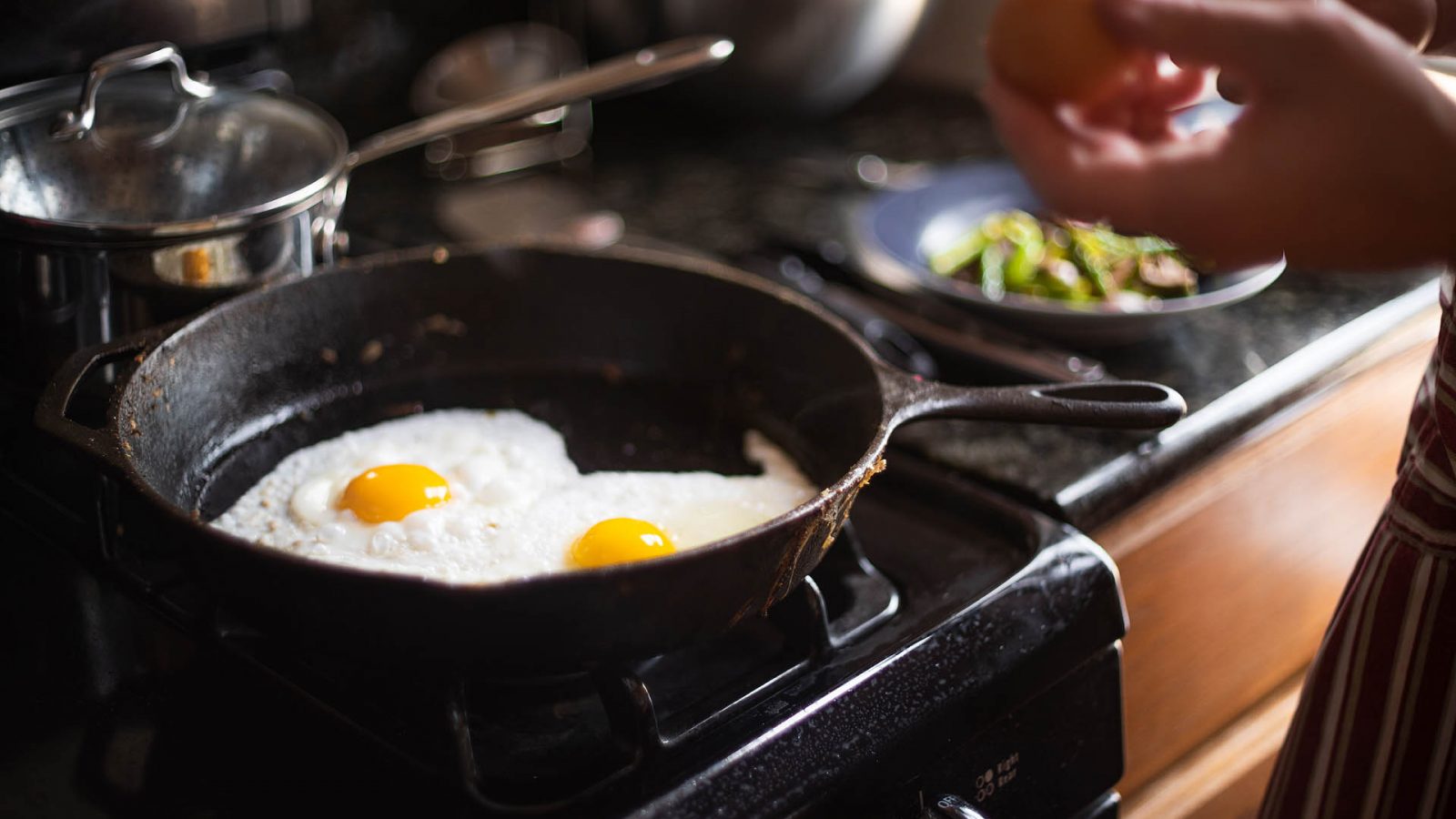



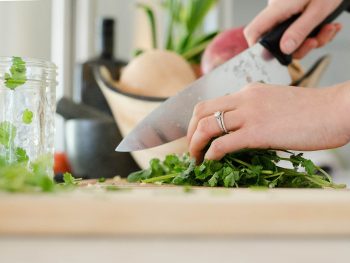

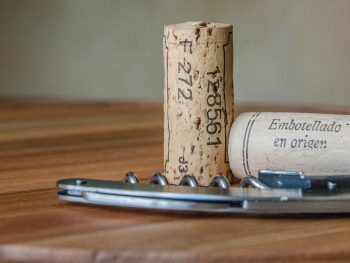

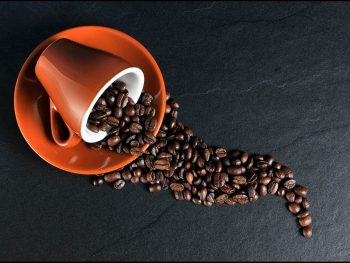

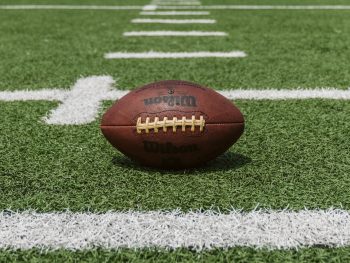



 Finger Lakes Photography Center
Finger Lakes Photography Center